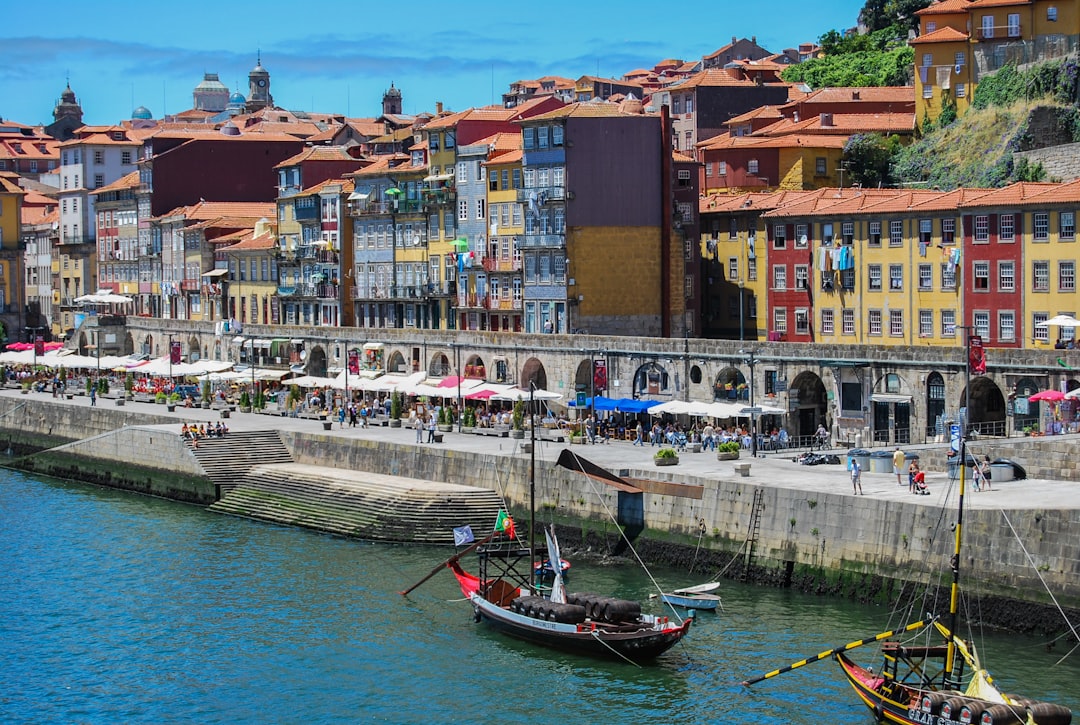Hanoi, the capital city of Vietnam, is not only known for its bustling streets and rich history but also for its traditional craft villages that have preserved the country’s artistic heritage for centuries. These villages, scattered around the city, offer a glimpse into the artistry and ingenuity of Vietnamese craftsmanship.
One of the most popular craft villages in Hanoi is Bat Trang, which is renowned for its ceramics and pottery. Located just 15 kilometers away from the city center, Bat Trang has been producing handcrafted ceramics for over 600 years. The skill and expertise of the artisans in this village are unparalleled, and they continue to produce high-quality pottery using traditional methods passed down through generations.
Walking through the narrow streets of Bat Trang, visitors can witness the entire process of pottery making, from shaping the clay to painting intricate designs. The craftsmen and women gracefully shape the clay, skillfully turning it into beautiful bowls, vases, and plates. The village’s signature blue and white ceramics, decorated with delicate hand-painted patterns, are particularly stunning. The artistry and precision involved in creating these masterpieces are a testament to the rich heritage of Vietnamese ceramics.
Another traditional craft village worth exploring is Van Phuc, known for its silk production. Silk weaving has been an integral part of Vietnamese culture for centuries, and this village is considered the birthplace of silk production in the country. Van Phuc silk is famous for its softness, smoothness, and vibrant colors.
In Van Phuc, visitors can witness the intricate process of silk production, from the cultivation of silkworms to the dyeing and weaving of the fabric. The skill required to transform raw silk into elegant garments and accessories is awe-inspiring. The delicate nature of silk necessitates a high level of precision and patience, making Van Phuc silk products highly sought after both in Vietnam and internationally.
Another village that deserves special mention is Dong Ho, renowned for its traditional Vietnamese woodblock prints. This art form has been alive in Dong Ho for over 300 years and offers a unique glimpse into Vietnam’s cultural traditions. The woodblock prints depict daily life scenes, folklore, and historical events, telling stories that have been passed down through generations.
In Dong Ho, visitors can witness the meticulous process of woodblock printing, from carving intricate designs on wooden blocks to applying different colors onto the paper. The stunning prints are created using natural materials and pigments, giving them a distinctive and authentic appearance. The dedication and patience of the artisans in Dong Ho are evident in every piece of artwork they create.
Preserving these traditional craft villages is essential to maintaining Vietnam’s rich cultural heritage. They not only provide a source of livelihood for local artisans but also serve as educational and cultural hubs for visitors and future generations. By supporting these crafts and the artisans behind them, we can ensure that this artistic heritage continues to thrive and captivate the world for years to come.
In conclusion, Hanoi’s traditional craft villages are a testament to Vietnam’s artistic heritage. From Bat Trang’s exquisite ceramics to Van Phuc’s luxurious silk and Dong Ho’s intricate woodblock prints, these villages preserve centuries-old traditional crafts that share the stories and traditions of Vietnam. Exploring these villages is not only a visual delight but also allows us to appreciate the dedication and skill of the artisans who have kept these crafts alive for generations. By valuing and supporting these crafts, we can contribute to the preservation of Vietnam’s artistic legacy.












